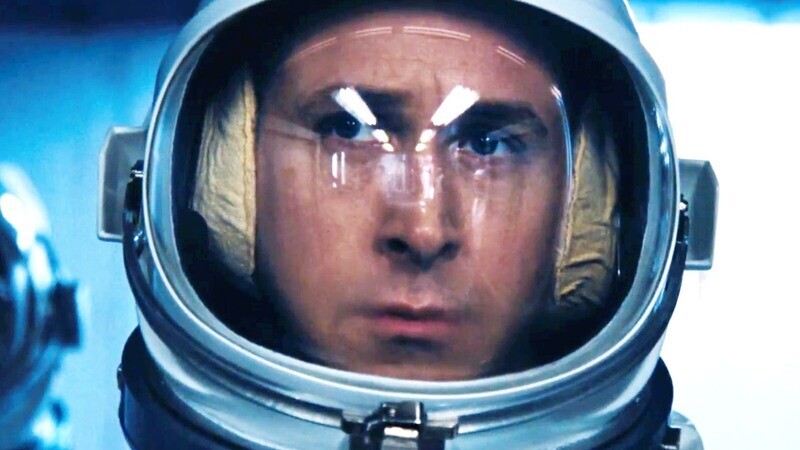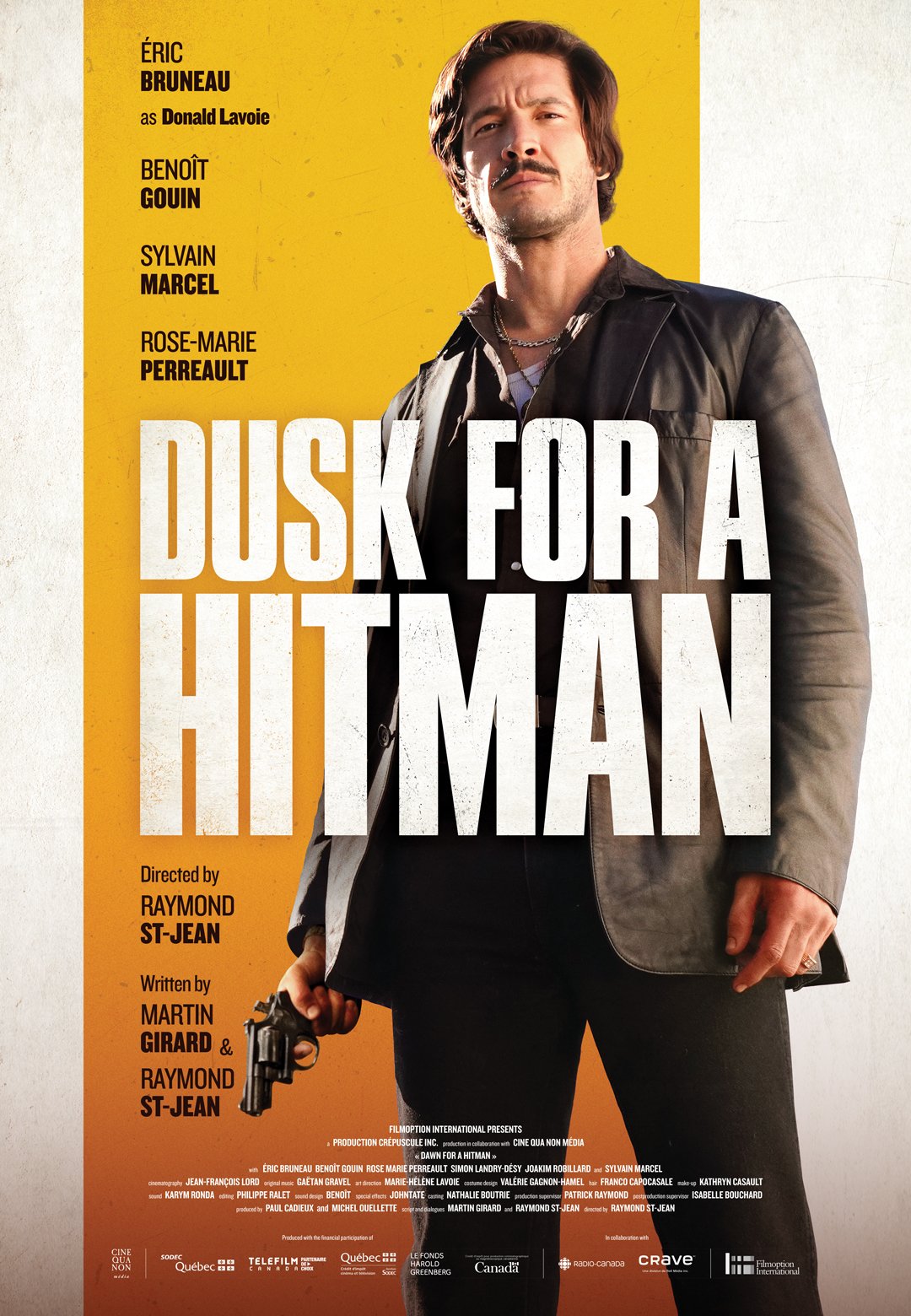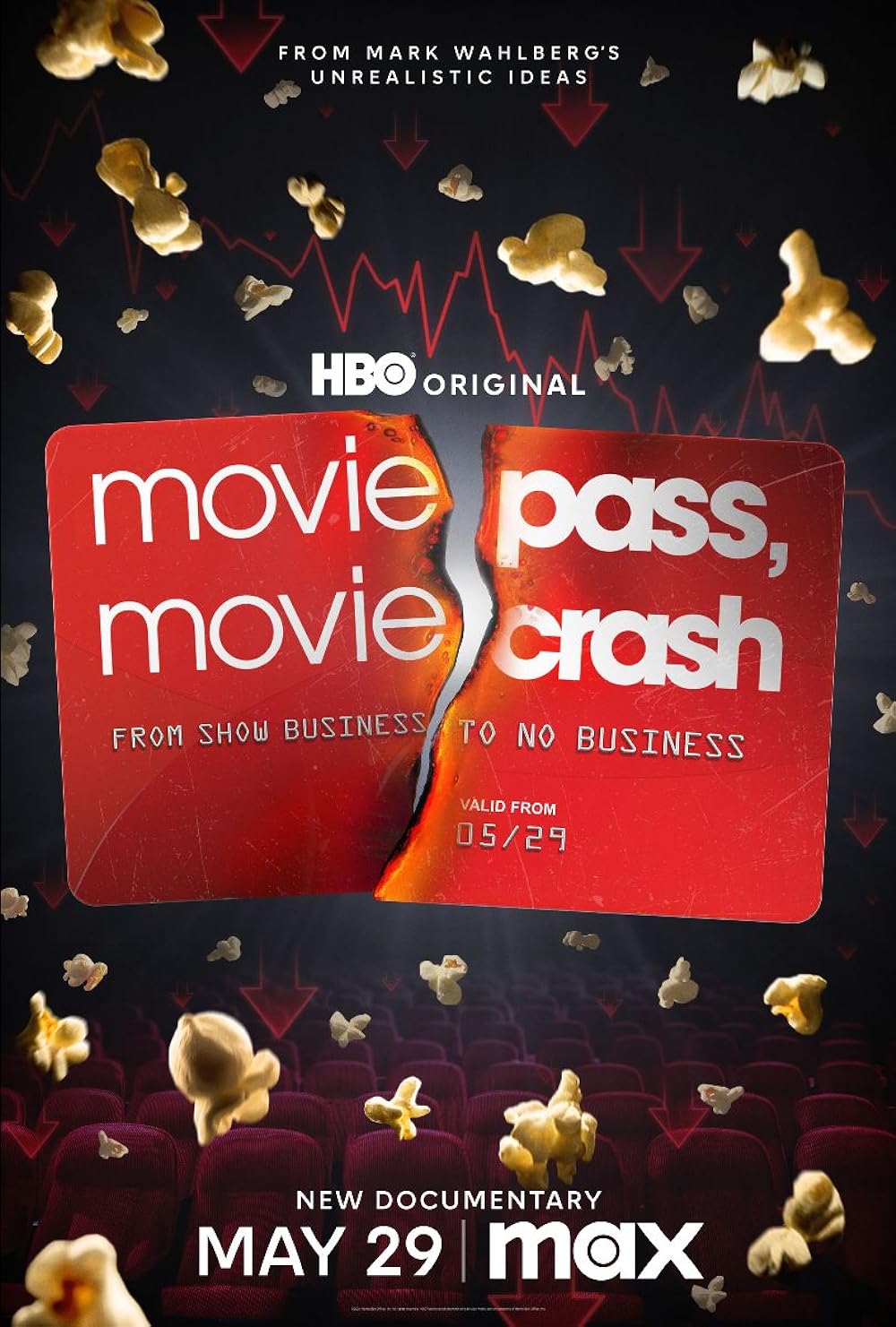Filmmakers have dreamed about visiting the moon from the earliest days of cinema. French stage magician-turned-director George Méliès was the father of cinema special effects. His silent 1902 film “A Trip to the Moon” is still unsurpassed in whimsical charm, with delightful acrobatic moon creatures and space travelers who return to Earth simply by jumping off the lunar surface.
In Nick Park’s 1989 stop-motion animation “A Grand Day Out with Wallace and Gromit,” the human and canine characters go to the moon in search of cheese. In between those films, of course, was NASA’s Apollo space program that sent Neil Armstrong and Buzz Aldrin to be the first humans on the moon in 1969. This was the promise of then-President John F. Kennedy in 1962, responding to the Soviet space program that beat the US with the first launch of a human into space. The real-life Apollo program was the inspiration for the part-true, part-imagined “Fly Me to the Moon,” just the most recent in a group of exceptional documentaries and narrative movies, plus one great mini-series. These are my favorites.

“The Right Stuff” (1983)
Tom Wolfe’s book about the first group of astronauts is one of Roger Ebert’s four-star Great Films. Written and directed by Philip Kaufman, the film contrasts the cowboy-like loner test pilot Chuck Yeager (Sam Shepard) with the more telegenic hotshots who met the strict qualifications of the Apollo program. The terrific cinematic hotshots who play the astronauts include Ed Harris as John Glenn, Scott Glenn as Alan Shepard, Dennis Quaid as Gordon Cooper, and Fred Ward as Gus Grissom.
The film includes some of the irresistible details from the book: Shepard having to ask mission control for permission to pee in his suit when the launch is delayed, then-vice president Lyndon Johnson bouncing in fury when Glenn’s shy wife, Annie (Mary Jo Deschanel) refuses to let Johnson into her house for a press opportunity while Glenn was on his way to space. And we see the many, many failures as the engineers try to launch unmanned rockets only to see them explode. The final scene, with the astronauts being feted at a gala featuring fan dancer Sally Rand, brings a tinge of melancholy as the astronauts consider the strange juxtapositions of their lives, the silence and solitude of space, and the hoopla necessary to get support for the program.
“For All Mankind” (1989)
This Sundance prize-winning and Oscar-nominated documentary uses (and briefly augments) archival footage of Apollo 7-17, shot by the astronauts, with audio interviews of 13 Apollo crew members, as though it was one journey. The excellent score comes courtesy of Brian Eno. So, this is not the best source for accuracy on the chronology of the footage or even who is narrating, and there’s no effort to explain the endless jargon. But the dedication and understandable pride of the people involved over so many years is very moving. In his essay for the Criterion edition, director Al Reinert wrote, “’For All Mankind’ is the product of my journey. How well it captures the actual journey is not for me to say—it’s only a movie—but I can say the moon seems friendlier now than it did forty years ago. I think it’s because we sent music and laughter there.”

“Apollo 13” (1995)
One of director Ron Howard’s best films is based on the catastrophic “Houston, we have a problem” explosion of a space capsule en route to the moon, carrying Captain Jim Lovell (Tom Hanks), lunar module pilot Fred Haize (Bill Paxton), and command module pilot Jack Swigert (Kevin Bacon). Even though we know that they made it home safely, it’s mesmerizing to see how it happened, the unimaginable combination of problem-solving from slide-rule era math and engineering wizards, the courage and brilliant piloting skills of the crew and the “failure is not an option” determination of flight director Gene Kranz (Ed Harris).
“From the Earth to the Moon” (1998)
No one is a bigger fan of the Apollo missions than Tom Hanks, who produced this outstanding miniseries as a tribute to everyone involved. (He also named the characters in his “That Thing You Do” screenplay after real-life astronauts.) That does not mean, though, that it ignores the mistakes, failures, and, in some cases, the terrible costs and consequences of the program. Each episode tells the story from a different perspective. One is devoted to the astronaut’s wives and the impact of the program on their marriages, including depression and divorce. Another is devoted to the government contractors who built much of the equipment and the consequences when something goes wrong.
There is an episode about the fatal accident that killed three of the astronauts, one about the press covering the space race, and one about a geologist who has to teach the Apollo 15 crew how to get the most out of their excavation of the lunar surface. The final episode, like the series as a whole, named for the Méliès film, contrasts the end of the Apollo program with the story of the 1902 film, which was pirated so Méliès was not able to get a copyright in the US. This series is outstanding in every detail, with a deep understanding of the program, its people, and its context as a part of history.

“The Dish” (2000)
When people ask me to recommend a neglected gem of a film that is heartwarming, funny, and smart, with great characters, I always suggest “The Dish,” starring Sam Neill and Patrick Warburton in the based-on-a-true-story of a satellite dish in a small, remote Australian town called Parkes. The NASA scientists calculated that a broadcast of the landing from the moon (also the subject of “Fly Me to the Moon”), might need to send the signal through Australia, given the relative positions of the moon and Earth at the scheduled time for the astronaut’s first steps. They chose Parkes because it was the least windy spot. Sam Neill plays the man in charge of the satellite and Patrick Warburton is the NASA engineer sent to provide support. There are many complications, bureaucratic, technical (the NASA coordinates sent from US have Northern Hemisphere settings), meteorological (yes, it gets very windy), and even romantic, before a joyous ending.

“Hidden Figures” (2016)
During the Apollo program, the word “computers” referred not to a room-size computation machine with punch cards but to a group of women who were very, very good at math. And NASA segregated the women by race, with separate offices and bathrooms. Three of the Black women, Dorothy Vaughn (Octavia Spencer), Mary Jackson (Janelle Monae), and Katherine Johnson (Taraji P. Henson) were so good that their extraordinary talent made it impossible not to rely on them for the most crucial computations. Oscar nominated for Best Picture, Supporting Actress (Spencer), and Adapted Screenplay (Allison Schroeder and Theodore Melfi), it is beautifully acted. The bigotry and misogyny these women faced is horrifying, but their brilliance, courage, and dedication is heartwarming and inspiring, and it is another look at how many people (and how little technology) were a part of the stunning achievement of Kennedy’s dream.

“First Man” (2018)
This is the story of Neil Armstrong, the first man on the moon. Director Damien Chazelle cast his “La La Land” star Ryan Gosling as Armstrong, and wisely keeps the camera on his star’s exceptionally expressive face to portray the famously reserved astronaut. He takes us inside the actual space capsule, all built with practical (real-life) effects, not CGI, and it’s as though they launched a metal container the size of a car trunk with an atom-bomb-fueled catapult in a process that shakes it up like a paint can at the hardware store. We feel the pressure on the screws as they jiggle and threaten to pop. And we hear —superb sound design from Ai-Ling Lee — the hum, the rattle, the breathing. Armstrong is always strong, contained, and capable, but this movie shows us the intimacy and vulnerability around him.

“First to the Moon” (2018)
Before NASA could land on the moon, they needed a mission to go the moon, circle it, and return home safely. That was Apollo 8, manned by Jim Lovell, Frank Borman, and Bill Anders, who share their memories of the Apollo 8 flight in this documentary, including the famous photograph of Earth. We learn fascinating details of how their backgrounds and especially their character made them right for the Apollo mission. We see Borman leading the investigation into the catastrophic fire that killed three men in the Apollo 1 command module. We see the political and social upheavals of the late 1960s to remind us of the atmosphere NASA was operating in, and the view of the astronauts that they were “severely motivated not to screw up.”

“Earthrise”
A short film available on Vimeo and YouTube has Lovell, Borman, and Anders telling the story of one indelible moment on the Apollo 8 flight, the iconic photograph, the first time we were able to see our planet from space. With all the meticulous planning that goes into space flight, every minute and every potential problem mapped out in detail, it is surprising and perhaps a little endearing to learn that no one ever thought that the astronauts might want to look back at the planet where, as they say, everything and everyone they care about was waiting for them. The astronauts themselves were so moved by the “big blue marble” they saw from their window that they took the most iconic image of the Apollo program, the one not of the moon but of Earth.
“Apollo 11” (2019)
Documentary filmmaker Todd Douglas Miller assembled a gripping film about the moon launch from NASA’s vast archives, including footage shot by the crew themselves, getting them honorary memberships in the American Society of Cinematographers. RogerEbert.com editor at large Matt Zoller Seitz called it “magnificent and unique, an adrenaline shot of wonder and skill.” Miller was scrupulous about making sure almost everything we see is from those days (a few exceptions of footage from other launches are clearly identified, and there are some animated segments explaining the technology). We’ve all seen images of men in short-sleeved white shirts and skinny black ties peering into the tiered banks of monitors, barking out a “Go” as each of the dozens of systems is checked. This film shows us more about what all of those men and those systems do, all of the complications and all of the ways they can go wrong, or in NASA parlance, “no go.” This movie does not just bring us into the capsule and the control room — it almost makes us a part of the team.









